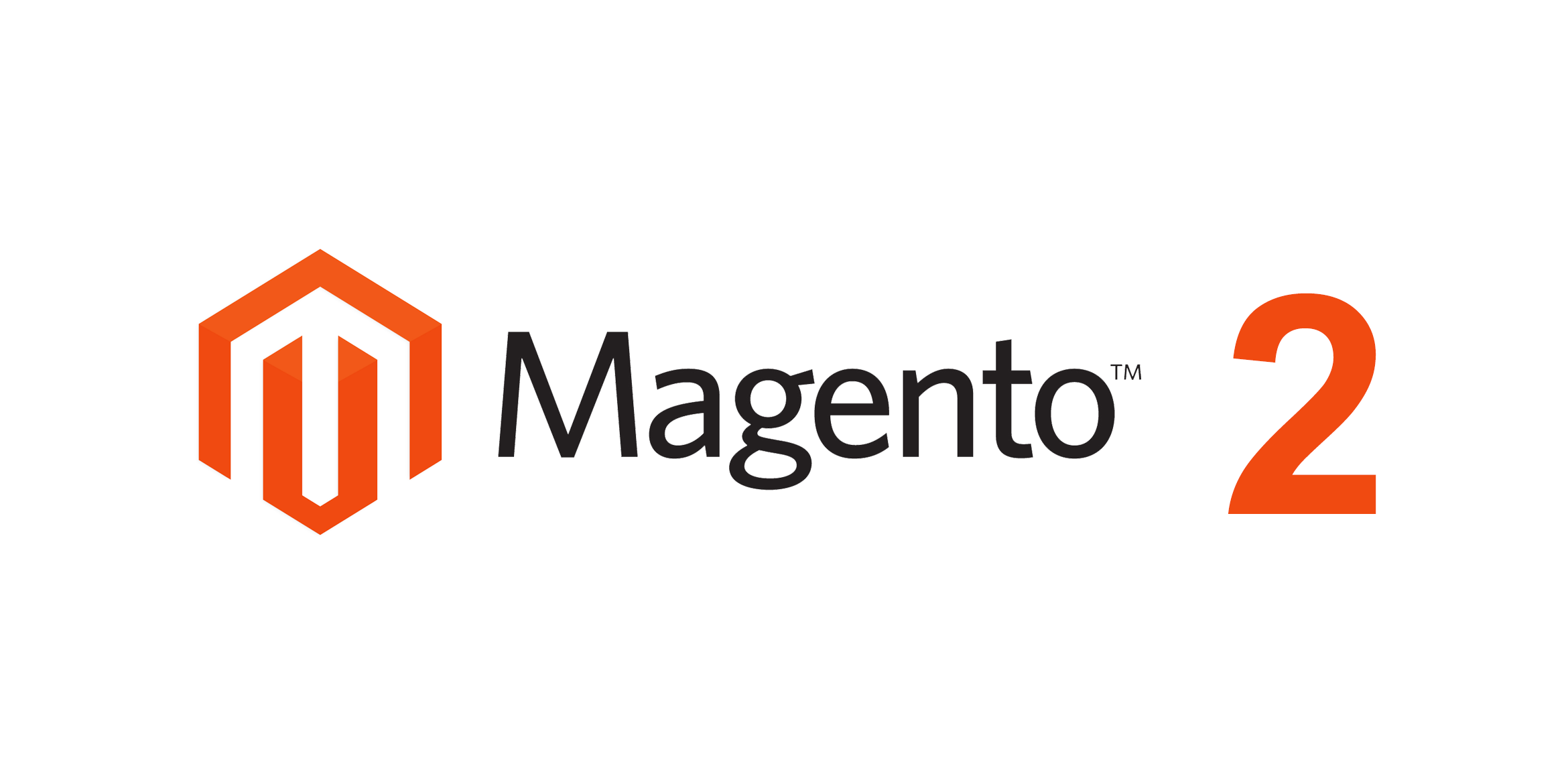Coding standards are a result of conventions designed to produce high-quality code. Adopting certain standards yields better code quality, reduces the time taken to develop, and minimizes maintenance cost. Following coding standards requires knowing the standards in question and meticulously applying it to every aspect of the code that we write.
Month: February 2019
Magento 2 Request Flow
URLs in Magento have the format of <AreaName>/<ModuleFrontName>/<ControllerName>/<ActionName>
Magento process a URL request by first stripping of the base URL. The first path segment of the remaining URL identifies request area. For example, admin for adminhtml area, and none for frontend area.
After the area name, the URI segment specifies the frontname which defined in related module. For example, in catalog/product/view, catalog is the module frontname, product is the controller folder, and view is the controller class (replacing action in Magento 1).
We use the router class to assign a URL to a corresponding controller and its action. The router’s match method finds a matching controller, which is determined by an incoming request.
Magento 2 Areas
When doing development in Magento, we define which resources are visible and accessible in a given area. We use this area to control behavior that we need for specific area.
For example:
- we want to add some logic using event observer, which will happened customer data is saved by customer, but not when updated from admin page. To achieve this, we will need to define the observer configuration only in frontend area, but not in adminhtml.
- we want to optimize our REST queries by providing only necessary data to answer a REST query, not the entire HTML
Magento is organized into following main areas:
adminhtml: Magento Admin.frontend: Magento Storefront.base: use as a fallback for files absent in adminhtml and frontend areascrontab: Cron.webapi_rest: Web API RESTwebapi_soap: Web API SOAPgraphql: Web API GraphQL

Magento 2 Application Modes
There are 3 modes of Magento application, i.e. default (which is the default mode after install), developer, and production.
Here is the difference between them:
default:
- Not optimized for production
- Symlinks to static view files are published to the
pub/staticdirectory - Errors and exceptions are not shown to the user, as they are logged to the filesystem
- This is the default mode after install, use it if you only want to view and explore Magento. You should avoid using it in development or production environment.
developer- Symlinks to static view files are published to the
pub/staticdirectory - provides verbose logging
- Enables automatic code compilation
- Enables enhance debugging
- Slowest performance
- Symlinks to static view files are published to the
production- Errors and exception are not shown to the user, as they are logged to the filesystem
- Static view files are not materialized, as they are served from the cache only
- Automatic code file compilation is disabled, as new or updated files are not written to the filesystem
- Enabling and disabling the cache types is not possible from Magento admin
- Fastest performance